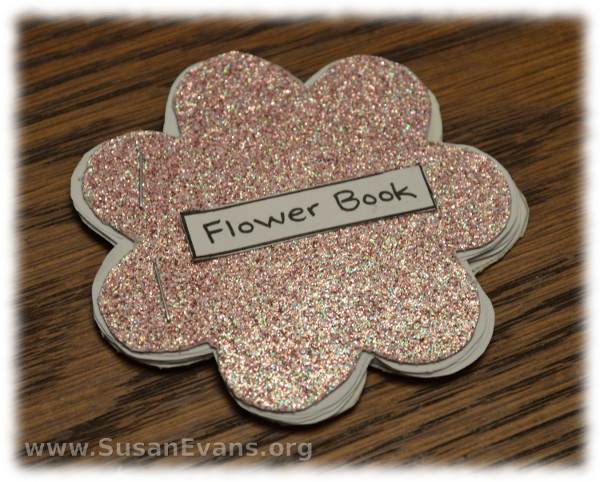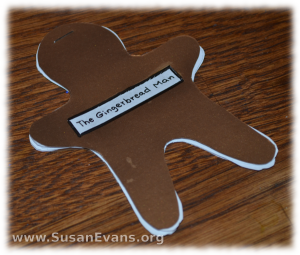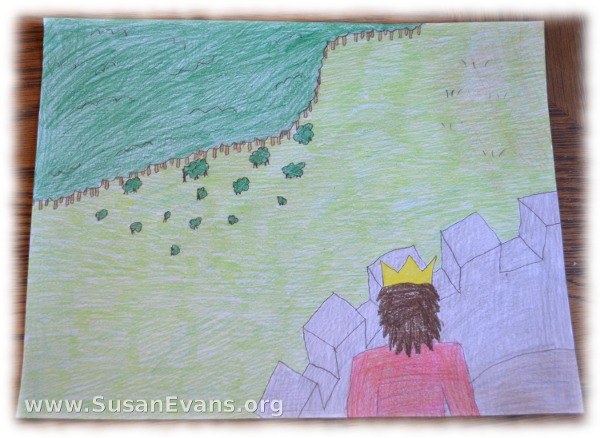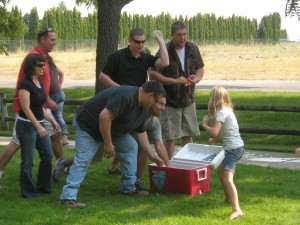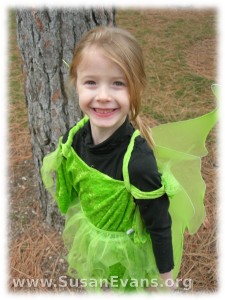 My 11-year-old son Stephen Evans wrote a poem to summarize A Midsummer Night’s Dream by Shakespeare:
My 11-year-old son Stephen Evans wrote a poem to summarize A Midsummer Night’s Dream by Shakespeare:
I will tell you a hilarious comedy,
The best I ever said.
Four lovers ran into the woods
And everyone ended up wed.
Theseus was the duke of Athens,
He would marry his love with grandeur.
Hermia’s father wanted her to marry
Demetrius, but she loved Lysander.
Theseus gave Hermia four days
To marry Demetrius or die.
Hermia begged her father with tears,
“Why must I marry Demetrius? Why?”
Lysander said to his love, Hermia,
“I have a plan to become your spouse.
To be free from Athenian law,
We’ll run away to my grandma’s house.”
The plan was set in motion,
But Hermia told her friend.
In turn, her friend told Demetrius,
Who wanted it to come to an end.
Demetrius followed Lysander and Hermia,
Trying to win Hermia’s love.
Helena ran after Demetrius,
But Demetrius gave her a shove.
The forest was inhabited by fairies,
And King Oberon ruled them all.
He noticed Helena’s rejected love
And decided to rectify the gall.
Oberon ordered Puck to put love juice
On the young Athenian’s eyes.
Puck mistook Lysander for Demetrius,
And Helena was scandalized.
Puck realized his mistake
And put love juice on Demetrius.
Both men ran after Helena,
But poor Hermia was treated like pus.
They all fell asleep in the forest;
Oberon made Lysander’s eyes okay.
Now everyone loved their true loves
And married the very next day.
Related product to “A Midsummer Night’s Dream” poem: Romeo and Juliet Unit Study

